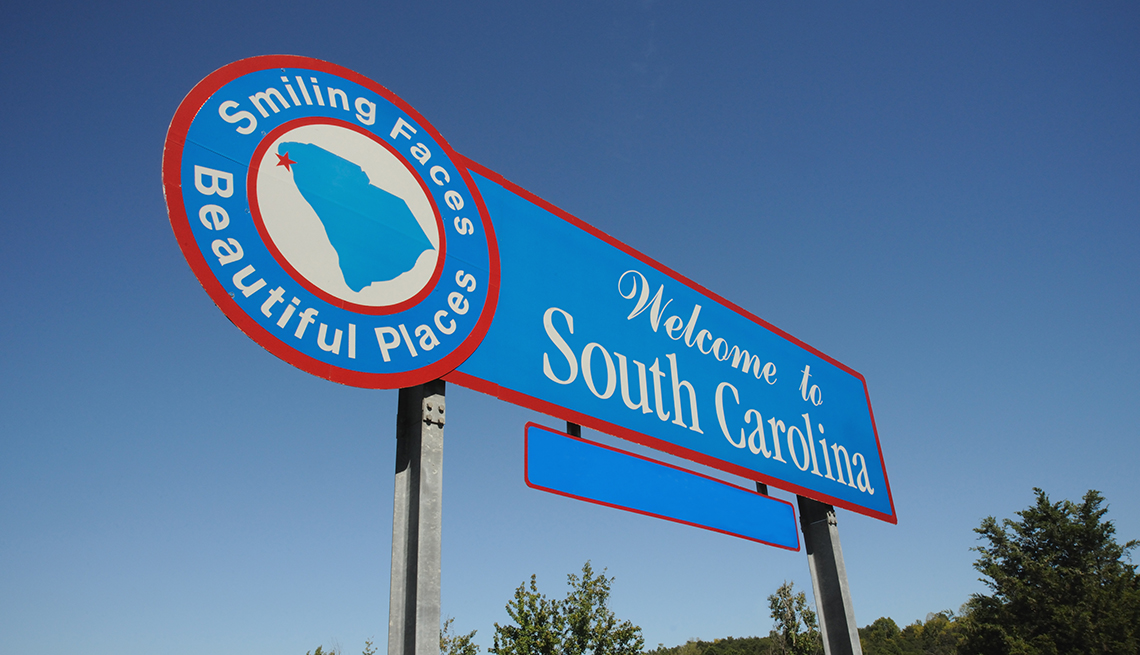AARP Hearing Center


How much do you think you need for retirement?
If your answer is $1 million, you’re not alone. The number crops up often as a baseline goal in financial media, and in public perception. When global investment firm Schroders surveyed U.S. investors in March and April 2024 about how much money they thought they would need to fund the retirement they want, the average answer was $1.2 million.
However, chasing a million might not be the best use of your retirement preparation time, financial advisers say. In some cases, it may do more harm than good.
“I think it’s easy to explain concepts by using that number, and it’s more realistic than using a $100,000 or $10 million,” says Colin Exelby, a certified financial planner and founder of Celestial Wealth Management in Towson, Maryland. “But other than that, I don’t think it’s really helpful and can probably cause anxiety and stress if you’re not hitting that number.”
As much as they might anticipate needing a million, most people expect to fall well short. Nearly half of respondents to Schroders’ 2024 U.S. Retirement Survey predicted they would have less than $500,000 saved when they retire, and about a quarter said they would not reach $250,000.
Those expectations jibe with older Americans’ actual savings, according to Federal Reserve data. The most recent version of the Fed’s Survey of Consumer Finances, conducted in 2022, found that adults ages 45 to 54 had about $313,000 on average in retirement savings, and those in the 55-64 group had about $538,000.
‘No magic number’
Fears of outliving your money are understandable and provide plenty of incentive to set ambitious savings goals. But “there’s no magic number,” says Ron Dedesko, a chartered financial analyst and investment adviser with Bespoke TFC Capital in Austin, Texas.
“A lot of people put an emphasis on round numbers,” Dedesko says. More important is to consider how, and where, you want to live in retirement and come up with a plan, and an amount, that works for you. A million might be “more than ample” for some people, he adds, and not enough for others.
There are a lot of variables. What’s the cost of living in the community where you hope to retire? How do you envision spending those years? Do you plan to travel? Pick up an expensive hobby? Work part-time? Hang around the house?
Health care is another consideration in estimating how much you’ll need to retire securely — it’s likely to be one of your biggest expenses.























































































More From AARP
Are You Emotionally Ready for Retirement?
Take steps to prepare your mind as well as your money
How Much Income Can You Get From Your Savings?
The younger you are — and the higher interest rates are — the more you get
No Money Saved for Retirement? It's Not Too Late to Start Saving
Social Security, home equity lines can help